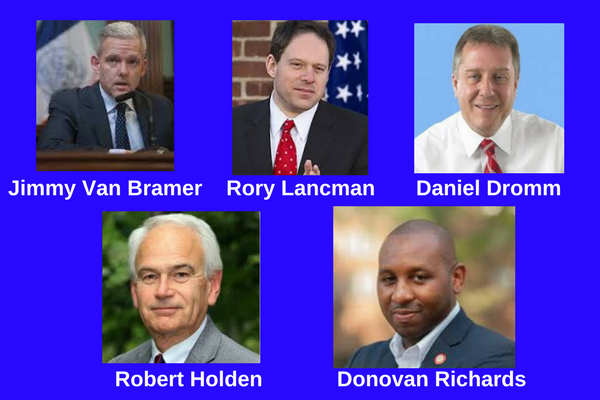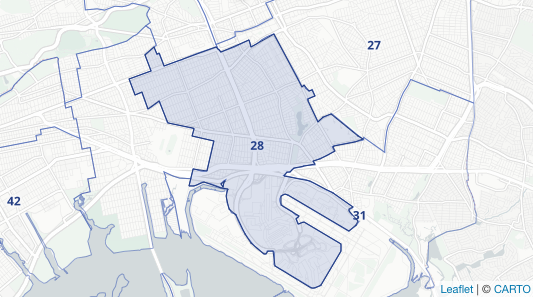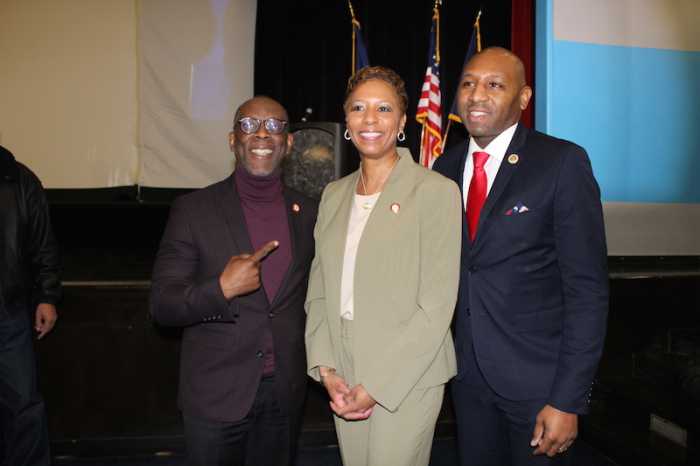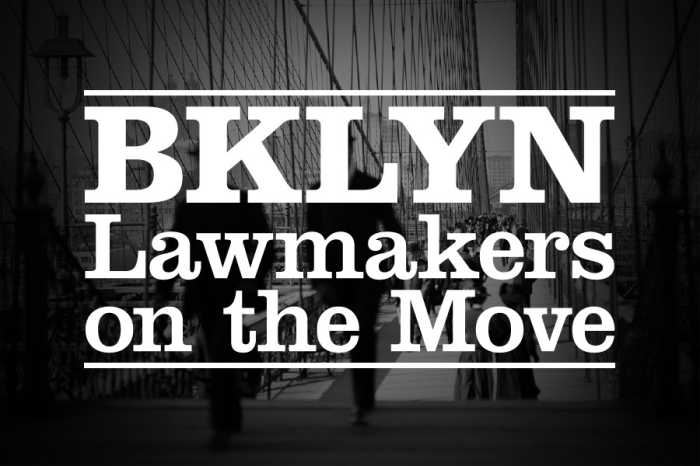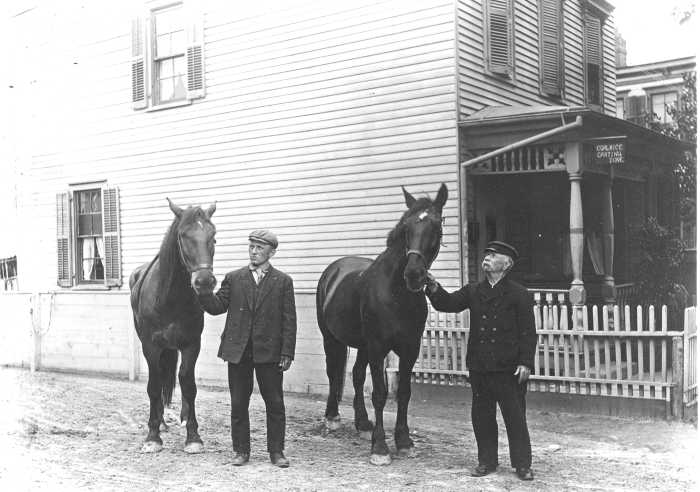In Mayor Bill de Blasio’s State of the City address delivered last week he highlighted that every public high school will receive $2,000 for a participatory budgeting process.

“We’ve got to prove to our young people that they’ve got the power to change the world around them. When people feel empowered, they participate. When they can see the impact, they’re making they come back for more,” de Blasio said.
Participatory budgeting (PB) is a relatively new concept, first conceptualized in Porto Alegre, Brazil, in 1989. Using an allocated budget by government officials, residents can formulate ideas in a democratic setting and vote on the best ones to improve their community.
The mayor’s announcement is based on the growing popularity of the process within the City Council. In 2011, four city council members instituted the process. Today it is in 27 city council districts across the five boroughs.
Proponents of PB argue it enhances democracy as it allows constituents to choose what gets funded in their district. Opponents argue that district needs should have priority over the lobbying efforts of the few who participate.
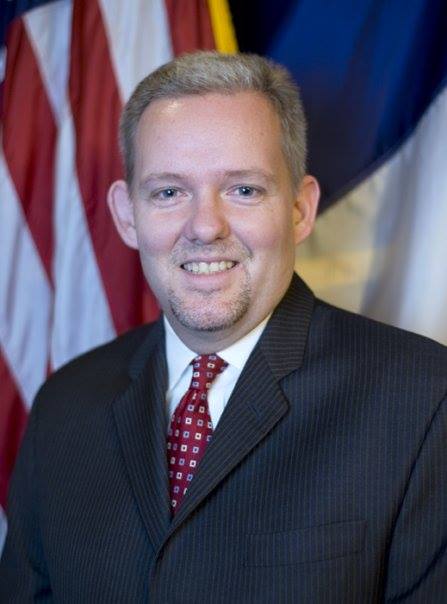

In Queens, seven out of 13 districts participate in the process. This includes City Council Member Jimmy Van Bramer (D-Astoria, East Elmhurst, Jackson Heights, Long Island City, Maspeth, Sunnyside, Woodside) and City Council Member Donovan Richards (D-Arverne, Bayswater, Broad Channel, Cambria Heights, Edgemere, Far Rockaway, Howard Beach, Jamaica, JFK Airport, Laurelton, Rockaway Beach, Rosedale, South Ozone Park, Springfield Gardens).
Lawmakers are assisted by organizations that promote participatory budgeting, such as the nonprofit group Participatory Budgeting Project. Shari Davis, Director of Strategic Initiatives at PBP, felt excited with the mayor’s new initiative as it might produce a shift in culture and offer students the opportunity to learn civic lessons such as negotiating and leadership. She hoped other officials would follow suit.
“More City Council members, elected officials, and decision makers should empower their constituents with PB. It builds capacity of community members, helps us understand issues and builds support to solve them, and ultimately puts equity at the center of a democracy that we all should have access to,” Davis said.
Yet, for the elected officials without a PB process in their districts, the Mayor’s announcement did not change their minds on participatory budgeting.
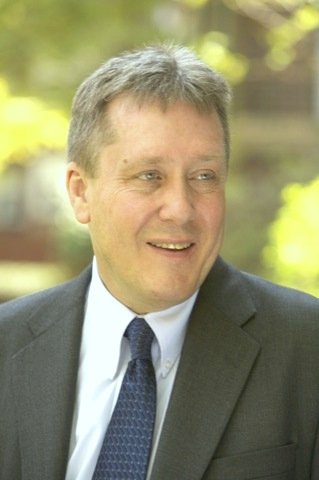
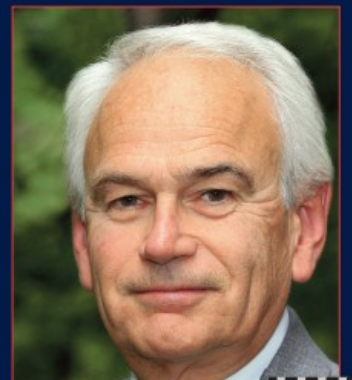
Council Member Daniel Dromm (D-Jackson Heights, Elmhurst) cited his recent appointment as Chairperson of the Finance Committee in the City Council as one reason he could not move toward participatory budgeting. He elaborated that he could not have a staff member working on a process on a full-time basis.
“My priorities are to meet constituents’ needs, pass legislation and provide funding to community-based organizations as I have done over the last eight years,” he said. “Of course, my office is always open to suggestions from constituents.”
Sarah Sicard, the communication director for City Council Member Robert Holden (D-Glendale, Maspeth, Middle Village, Ridgewood, Woodside, Woodhaven), said Holden was unfamiliar with de Blasio’s plan and would not entertain participatory budgeting.
“Councilman Holden believes he can use discretionary and capital funding to more effectively fund education projects in the district,” said Sicard.
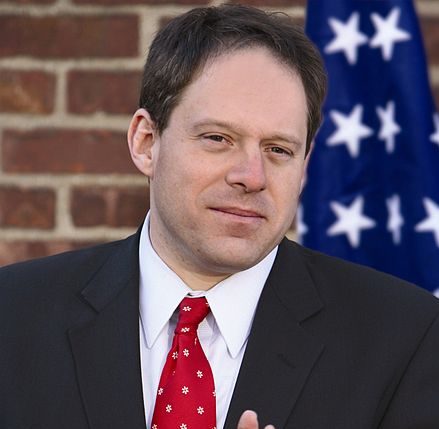
City Council Member Rory Lancman (D-Briarwood, Cunningham Park, Flushing, Flushing Meadows Corona Park, Fresh Meadows, Hollis, Holliswood, Jamaica, Jamaica Estates, Jamaica Hills, Kew Gardens, Kew Gardens Hills, Richmond Hill) did not favor participatory budgeting in his district based on its disadvantages.
“There are already many ways to participate/shape our spending priorities. PB achieves the same outcomes as we do now. Voting in PB tends to be unrepresentative of the district, and the process of running PB is a huge drain on office resources,” he said.


